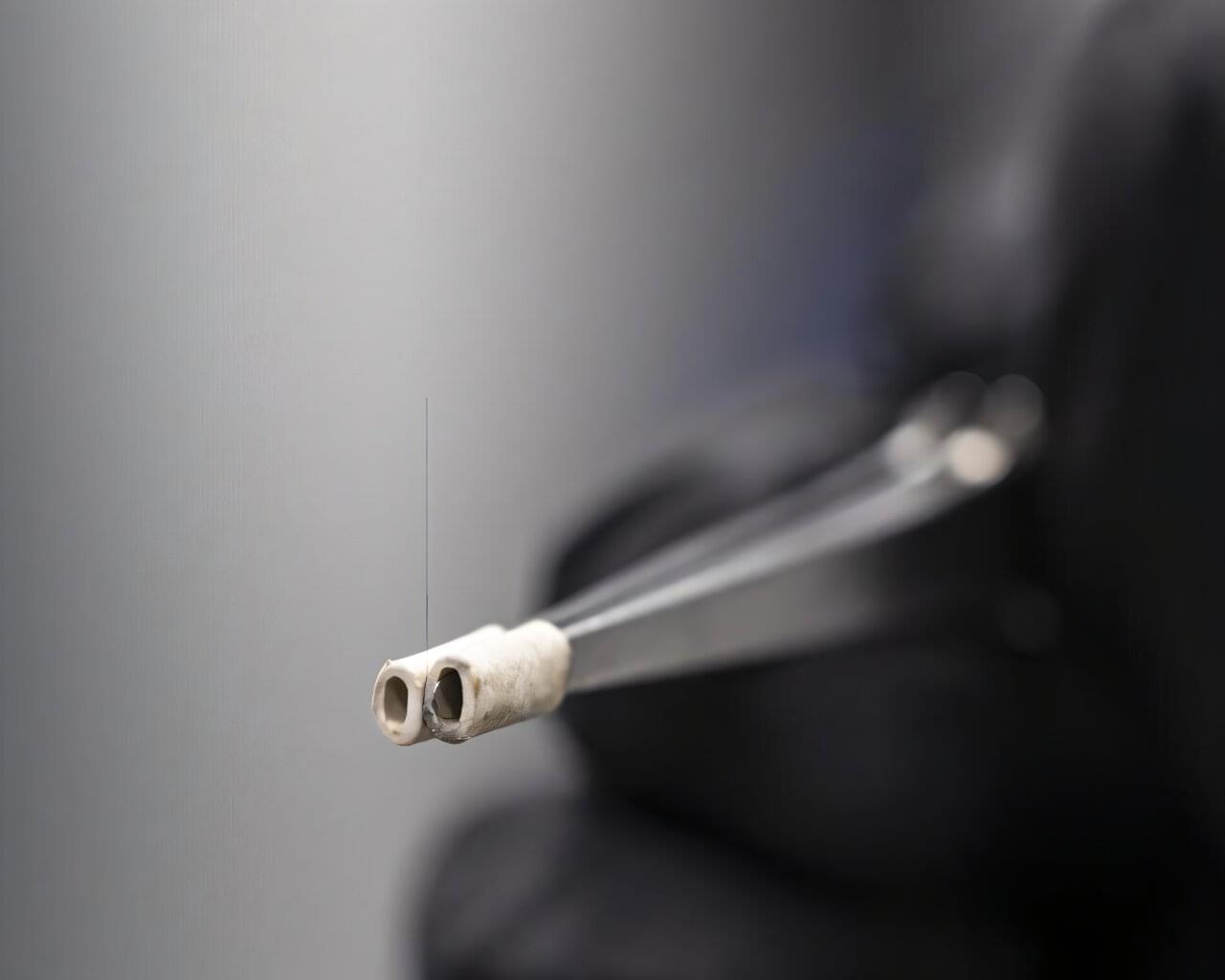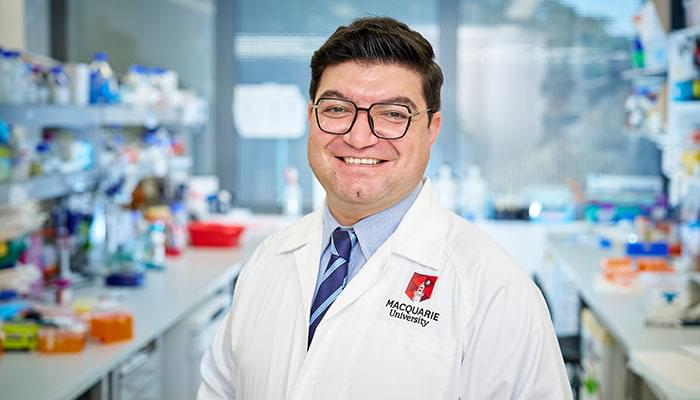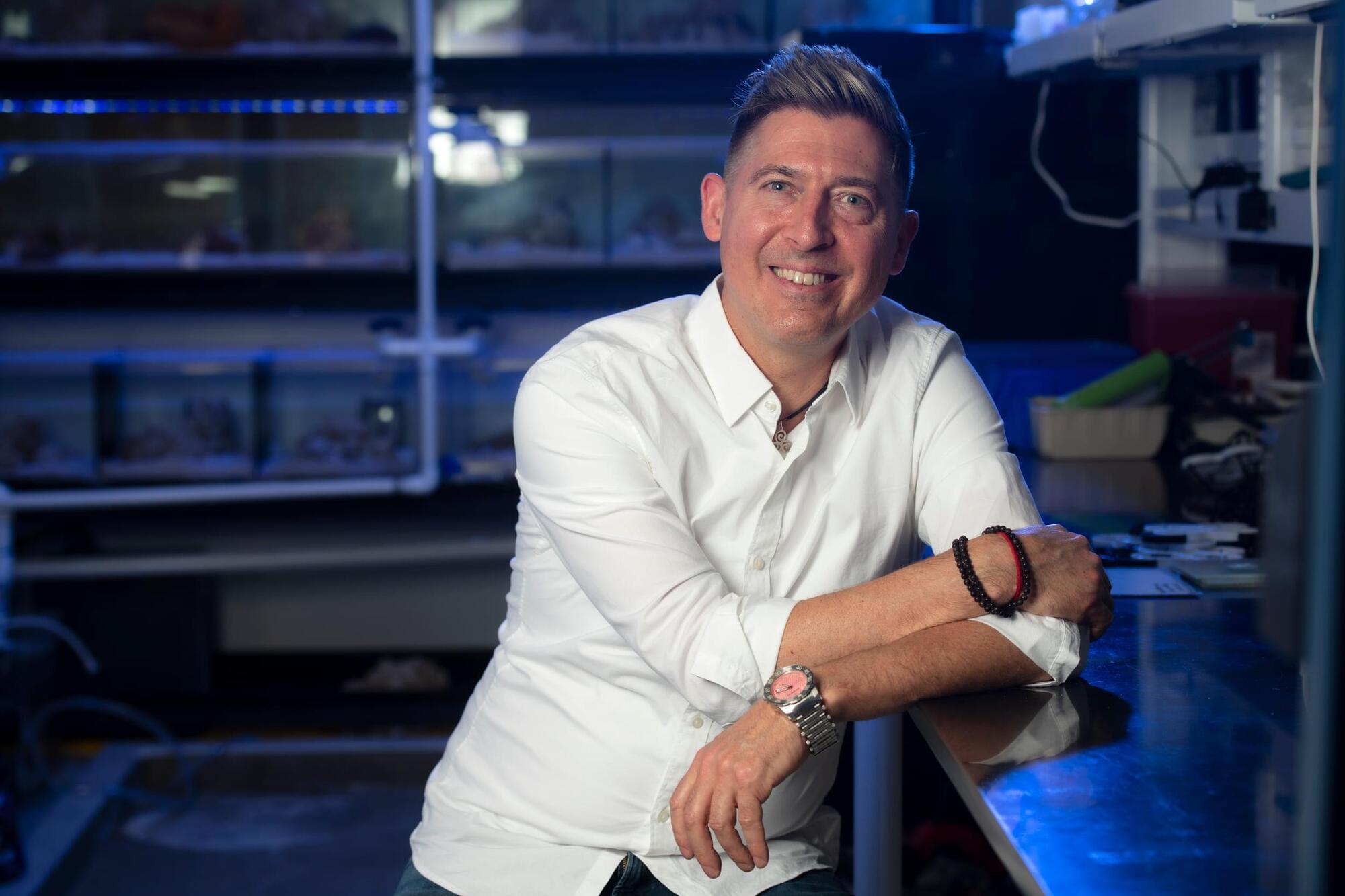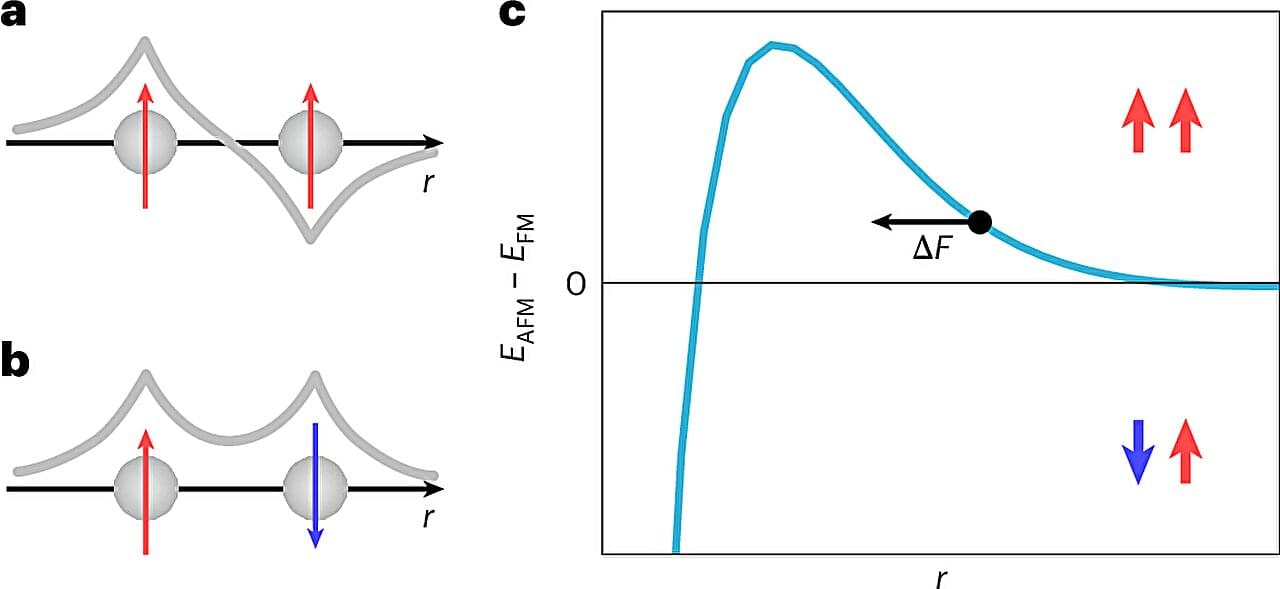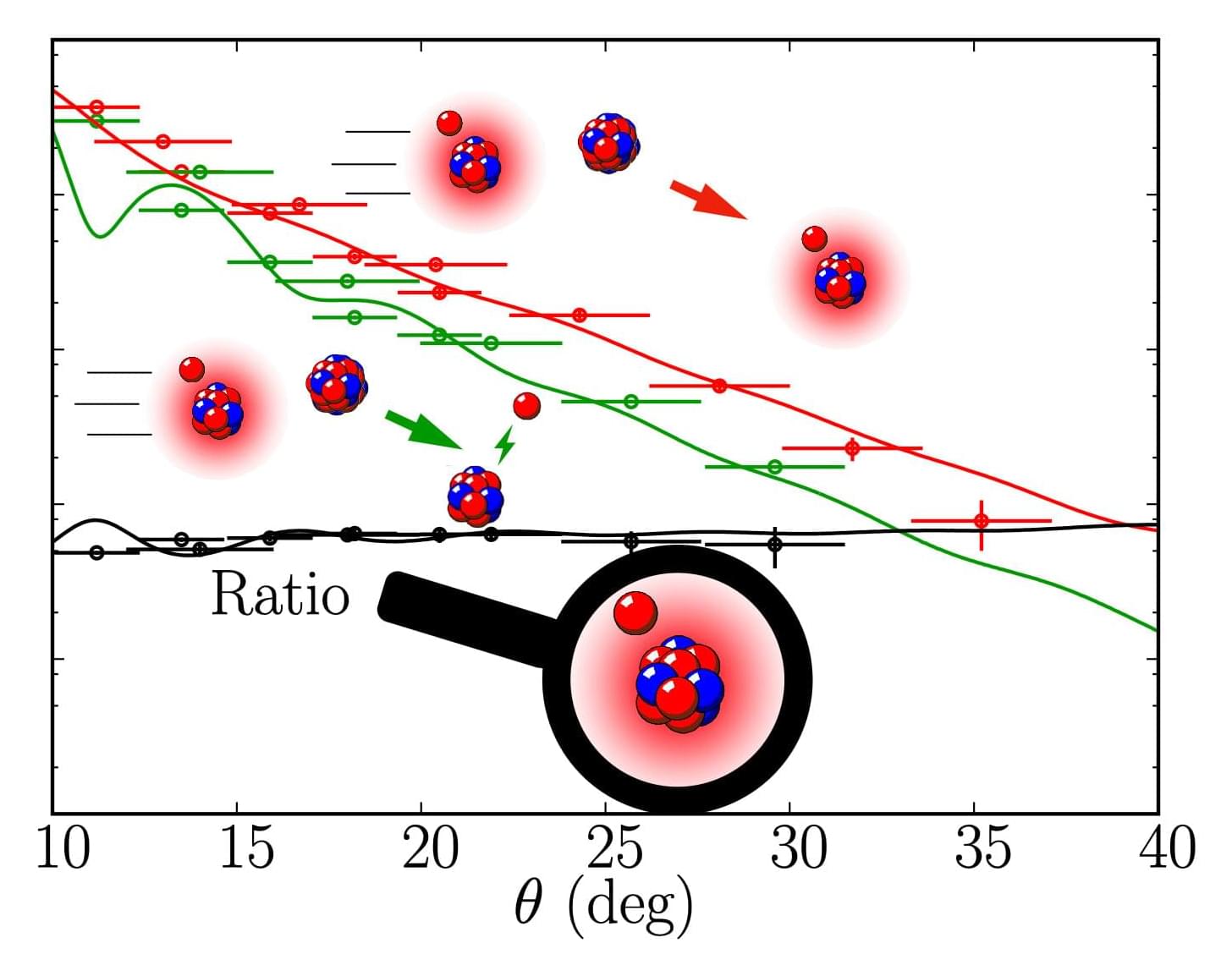Researchers at the U.S. Department of Energy (DOE)’s Oak Ridge National Laboratory (ORNL) have developed an innovative new technique using carbon nanofibers to enhance binding in carbon fiber and other fiber-reinforced polymer composites—an advance likely to improve structural materials for automobiles, airplanes and other applications that require lightweight and strong materials.
The results, published in the journal Advanced Functional Materials, show promise for making products that are stronger and more affordable, opening new options for U.S. manufacturers to use carbon fiber in applications such as energy and national security.
“The challenge of improving adhesion between carbon fibers and the polymer matrix that surrounds them has been a concern in industry for some time, and a lot of research has gone into different approaches,” said Sumit Gupta, the ORNL researcher who led the project. “What we found is that a hybrid technique using carbon nanofibers to create chemical and mechanical bonding yields excellent results.”
